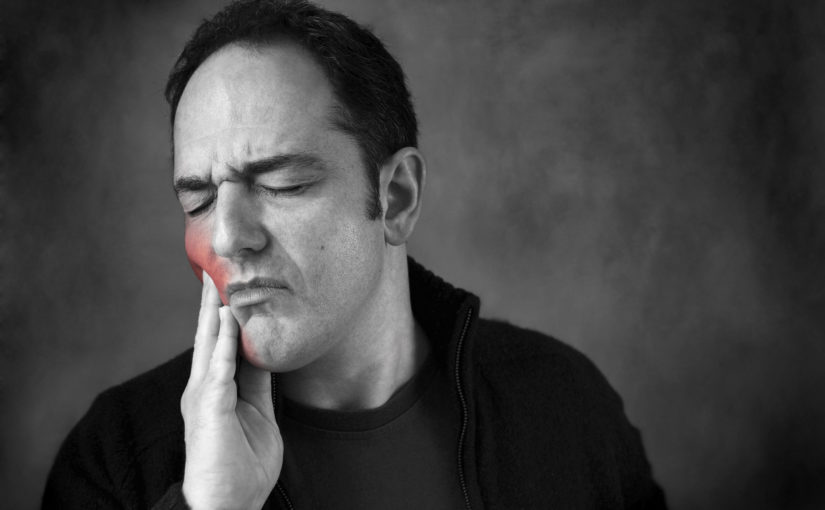A toothache or tooth pain is most often caused when the nerve to a tooth is irritated, but there are numerous other reasons for a person to experience tooth pain. Risk factors for toothache include dental infection, gum disease, plaque, dental decay, injury, cracked teeth, poorly placed fillings or crowns, failing or leaking fillings or crowns, loss of a tooth (including tooth extractions), temporomandibular joint (TMJ) disorders, and obstructive sleep apnea. There are instances, however, where pain originating from outside the mouth radiates to the mouth, thus giving the impression that the pain is of tooth origin. This often happens when there is a problem with the jaw joint (temporomandibular joint or TMJ), ears, nerves, sinuses, or muscles. Occasionally, heart problems can give a sensation of tooth pain. Pregnancy can also be a risk for tooth problems that lead to pain. Due to fluctuating hormone levels during pregnancy, pregnancy gingivitis and tooth decay can occur.
How Do We Diagnose a Toothache?
A medical history and physical exam will usually indicate the appropriate diagnosis. Sometimes radiographs, often referred to as X-rays, can be used along with other diagnostic aids. Panoramic radiographs and cone beam computed tomography views are used to further evaluate the teeth and bones throughout the mouth and skull. Occasionally, lab evaluation including ECG tracings of the heart will assist the doctor. If the cause is something other than a dental or jaw problem, the doctor may prescribe medications directed at the problem. If the condition is more severe, the doctor may admit the patient to the hospital for further care. The patient may be referred to a dentist for further treatment.
What Are Treatments for a Toothache?
When someone is experiencing a toothache, they typically can’t think of anything besides how to get rid of the pain. It can be a dominating and debilitating experience. The affected person must have a dental evaluation as soon as possible to determine the cause. Sometimes it may just be pain that comes and goes. Other times, the pain is indicative of a serious condition. The dentist will do a clinical exam and may take X-rays or perform other clinical tests to locate the origin of the toothache.
Usually, the best way to stop dental or jaw pain initially is with painkillers. A health care professional may prescribe antibiotics (such as amoxicillin) if there is swelling in the gums or face, or if the patient has fever. A referral to a dentist for follow-up will usually be arranged.
The doctor may try an injection of local anesthetic around the tooth for pain control. The dentist may apply a desensitizing varnish or fluoride treatment to help strengthen the tooth and seal up a part of the tooth that just might be sensitive.
It may be determined that a deep cleaning is necessary — to remove harmful bacteria and plaque that have become trapped under the gumline. A patient may need feelings if a dentist finds dental decay. Deep decay or a fractured tooth may necessitate a crown or a root canal (cleaning out the nerve of the tooth and sealing the root). If the tooth is too badly decayed or broken, there may be nothing left to do but to extract the tooth. This will provide rapid relief of the tooth pain.
If it has been a while since the last dental visit, the dentist may find multiple factors contributing to the tooth pain. In this situation, the dentist will prioritize dental treatment in order of severity. The dentist will likely recommend procedures that will take care of the pain or infection first, followed by treatment to teeth that are likely to cause pain or infection, and a dental cleaning. The goal will be to provide immediate relief and then work to create an atmosphere of future health.
After most dental procedures, the patient will be able to return to work or school while he or she recovers. If causes other than the teeth or jaw are responsible for the pain, such as TMJ disorders, sinus infection, muscle or nerve problems, management will be according to the specific condition.



